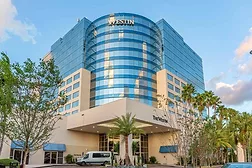Home » asset management
Articles Tagged with ''asset management''
Ensuring Security and Safety at The State Street Corporation
How does Steve Baker, CSO at State Street Corporation, reduce risk, satisfy customers and regulators and provide a safe workplace for employees and visitors?
August 1, 2019
Sign-up to receive top management & result-driven techniques in the industry.
Join over 20,000+ industry leaders who receive our premium content.
SIGN UP TODAY!Copyright ©2025. All Rights Reserved BNP Media.
Design, CMS, Hosting & Web Development :: ePublishing










